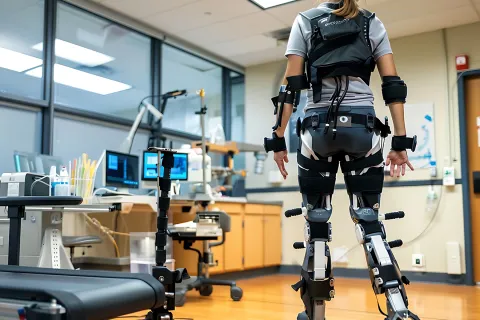
It is well known that the mandatory deadline for European Medical Device Regulation (EU MDR) was postponed to May 26, 2021, due to abrupt onset of COVID-19. In simple terms, the EU MDR aims to provide device clinical safety and effectiveness by establishing a robust, transparent and sustainable Regulatory framework that is recognized internationally and improves fair market access for manufacturers.
With the transition deadline already passed, device manufacturers must be very careful while approaching for device approvals. The health institutions, suppliers, manufacturers and other relevant parties must carefully prepare and implement the MDR changes. What exactly are the EU MDR requirements? Let us quickly brush up.
EU MDR Key Requirements
EU MDR regulation aims to strengthen the Regulatory norms and quality of standards to increase the device safety, efficacy, traceability and transparency. A stringent review process must be performed, and manufacturers must align with the following important documents:
- Amendments for accredited Notified Bodies (NBs) and competent authorities – NBs will have
- increased responsibilities for the assessment and certification of the medical devices
- to consult the European Commission on their clinical evaluation and post-market follow-up plans
- heightened scrutiny from the competent authorities
- to face unannounced audits and provide the audit schedules to the national authorities ahead of time
- Unique Device Identification Information (UDI) - Implantable and Class III devices are applicable since May 26, 2021, wherein Class IIa and Class IIb devices will be applicable from May 26, 2023 and Class I devices will be applicable from May 26, 2025.
- Safety and Clinical Performance Reports (SSCP) for Class III and implantable devices – These include information about manufacturer’s name, Single Registration Number (SRN), device name and UDI, description, differences, previous variant(s), accessories and other products intended to be used in combination, intended purpose, indications, contraindications and target population, possible diagnostic or therapeutic alternatives, Clinical Evaluation Report (CER) summary and relevant information on post-market clinical follow-up and information on undesirable effects, residual risks, warnings and precautions.
- Updated QMS requirements – This section includes change and risk management, UDI verification, CAPA and measurement and analysis
- General safety and performance requirements
- Periodic Safety Update Reports (PSUR)
- Clinical data analysis
- Surveillance and vigilance activities
- Clinical Investigation Data and Single Registration Information
- Post-market clinical follow-up (PMCF) plans
- Labeling updates
- Appointing a Person Responsible for Regulatory Compliance (PRRC)
With the EU MDR deadline already crossed, it is time for medical device manufacturers to abide by the above-mentioned key requirements. Failing to do so may attract Regulatory complexities and even product recalls. Is your medical device EU MDR compliant? Evaluate it right now with a regional device Regulatory expert. Consult Freyr.









